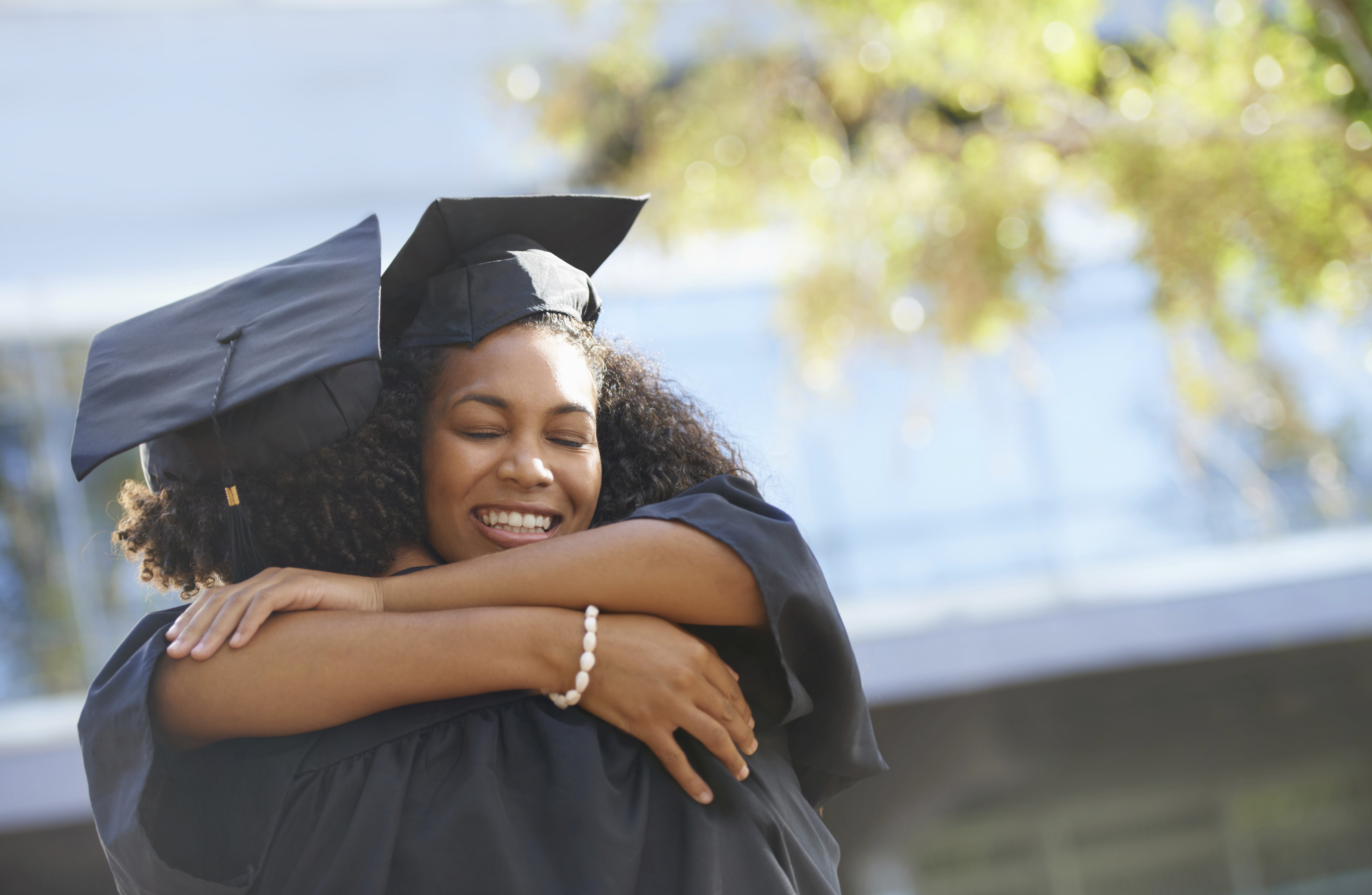
In a recent interview with Money, Aisha Tyler encourages Black students to be “brave” and enroll in schools that have been cited for racist actions to help bring about change. “What would we be like if Black people didn’t go into the heart and didn’t try to change things? Bravery is the engine of change,” she adds.
Good point. But is it really fair to ask students to spend (and borrow) thousands of dollars to enter potentially hostile environments that they are charged to change?
Tyler is a graduate of Dartmouth College, which ranks 27th on the joint report of 50 Best Colleges for African Americans by Money and ESSENCE. Her other reason for students of color to consider predominately White colleges is for diversity.
“The African-American-community was very tight, and that was great,” Tyler says of her time at Dartmouth. “I also wanted to interact with other types of folks. Every culture is very important. Dartmouth has always been dedicated to diversity of culture.”
I certainly agree that exposure to different communities is a great for college students. I also know you don’t have to be a racial minority to experience incredible diversity at college.
I am a proud graduate of Howard University. (HU, You Know). My second choice was Dartmouth. During my senior year of high school, I was flown to the Ivy League school for a recruitment weekend for promising students of color from around the country.
We toured the campus, visited with the Black students group, and stayed with students to get a feel for what life would be like at Dartmouth. It was fun and informative and straight out of cliché college movies I had seen, frat parties included. I had a similar immersion weekend at Howard. When comparing the weekends, I found Howard offered more culture on campus and vibrancy in the student body, plus the bonus of a rich legacy of celebrating and molding scholars that looked like me.
One of the biggest misconceptions about HBCUs is that they are homogenous. I quickly learned Howard was incredibly diverse with more than 10% of the student body coming from other countries. There was every religion, culture and region represented on campus. The Mecca of the African diaspora overflows with diversity.
Looking back I realize how fortunate I was to attend a school that had been welcoming to women of color since it’s inception and an institution that continued to house the brightest minds across color lines. What a privilege to hold in my hand letters written by Zora Neale Hurston at the Moorland-Spingarn Research Center as I wrote a paper on her Caribbean travels. How dope to eat meals prepared by friends from around the world and root for our #blackgirlmagic lacrosse team. Everything you ever heard a Black person “doesn’t do” are done by a Black person at an HBCU. The university poured into students to make us feel we could achieve anything and pushed us to go into the world. The school bolstered my confidence, which helped when I interviewed Presidential nominee Hillary Clinton at aYale University conference during my freshman year. That night a few students from Yale and Howard partied together. “Beware of the Boys” by Panjabi MC feat. Jay-Z came on and one of our students did an Indian dance to the song. It was one of my favorite memories and reminded me how multifaceted the student body was.
